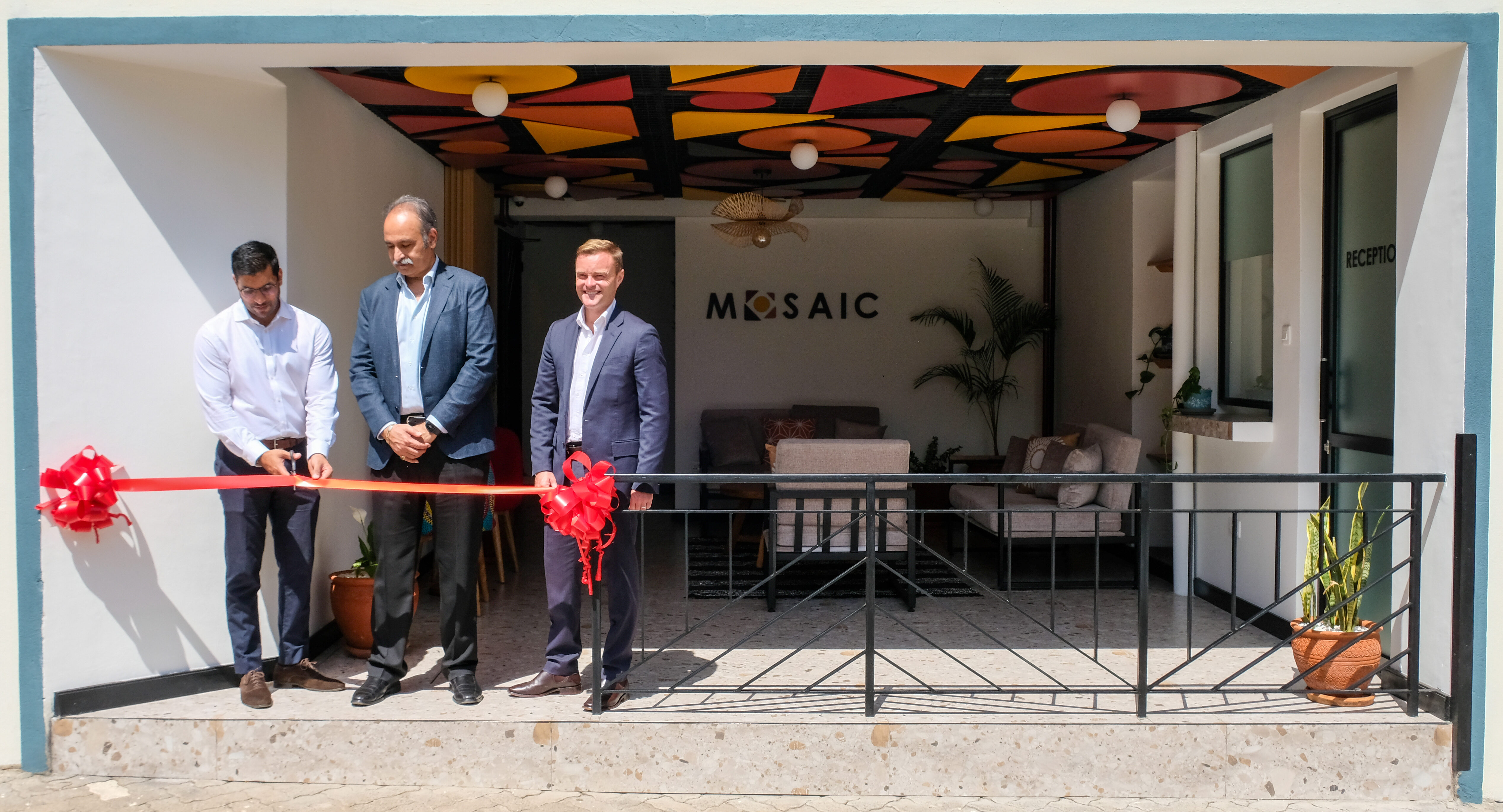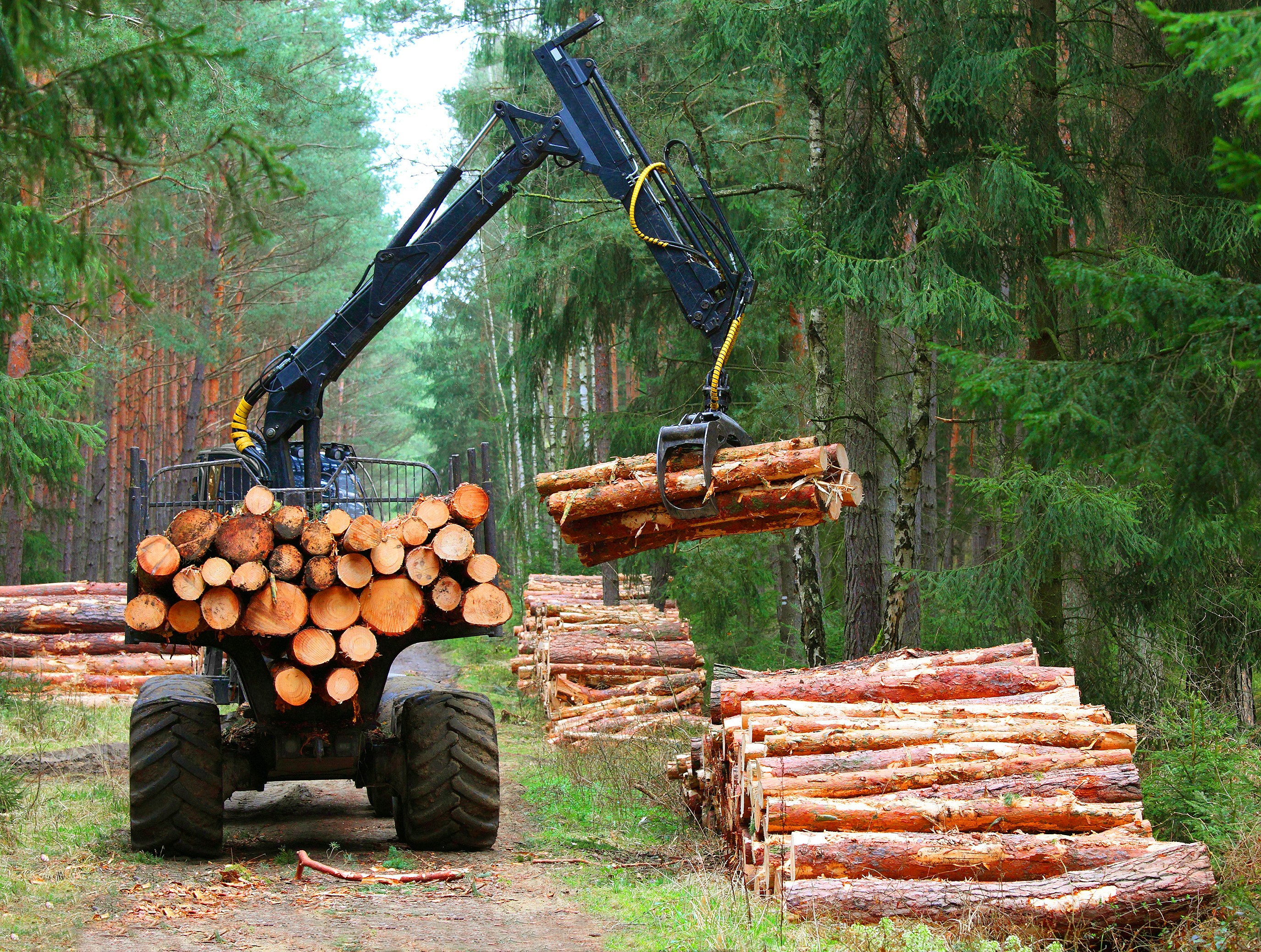
Mycelium advantage: mushroom-based insulation for Africa’s construction boom
As Africa experiences rapid urban growth, the construction sector faces a dual challenge: meeting demand for new housing and doing so sustainably. One Kenyan social enterprise, MycoTile, is stepping up with an innovative solution—insulation panels made from agricultural waste bonded with mushroom mycelium.
As Africa experiences rapid urban growth, the construction sector faces a dual challenge: meeting demand for new housing and doing so sustainably. One Kenyan social enterprise, MycoTile, is stepping up with an innovative solution—insulation panels made from agricultural waste bonded with mushroom mycelium.
The emissions challenge from buildings and construction
In 2022, the global building sector’s carbon footprint hit a troubling milestone, with operations and construction accounting for 37% of global CO2 emissions—nearly 10 gigatonnes—split between operational energy use and construction material production.
The sector is also a major energy consumer, accounting for 30% of global energy demand, primarily for heating and cooling. This places construction and buildings as significant contributors to climate change. As Earth Day 2025 focuses on “Our Power, Our Planet,” the question is clear: how can we harness our power to reduce emissions from the very spaces we live, work, and grow in?
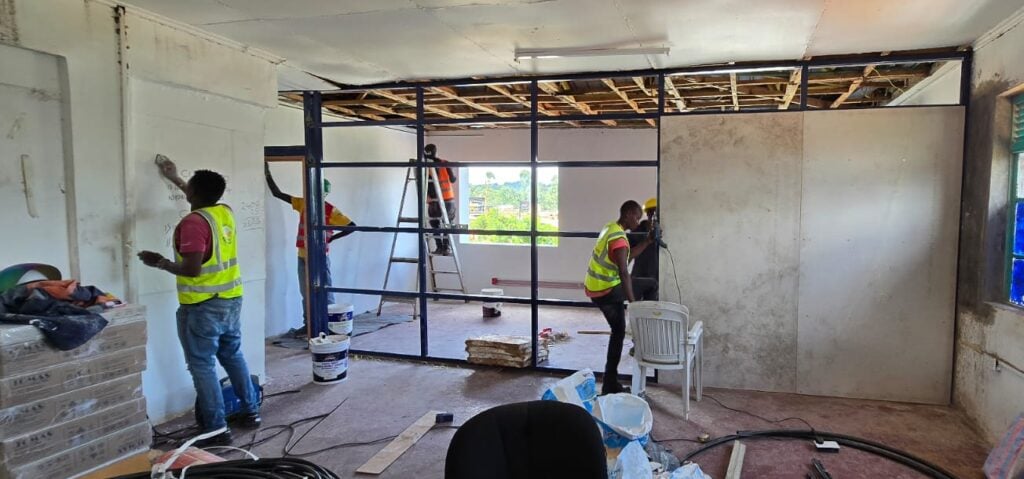
Construction workers reinforcing a wall with mushroom insulation panels
(Image credit: MycoTile)
Enter Mosaic Co-living Residences
Developed by CrossBoundary Real Estate in Nairobi, Mosaic Co-living Residences is a forward-looking project that embeds sustainable design from the ground up (pun intended). One aspect of its green approach is a surprising material: mushrooms. In partnership with MycoTile, Mosaic integrated mushroom-based insulation across the development—offering a local, renewable alternative to synthetic insulators.

Bobby Patel, Global Head of Real Estate
In Kenya's urban centers, young professionals and students face multiple housing challenges:
- Limited availability: University accommodation has failed to keep pace with demand, forcing students to seek off-campus alternatives
- High costs: Rental prices in cities like Nairobi have risen dramatically, making quality housing unaffordable for many
- Poor quality: Many affordable accommodations lack basic amenities, proper sanitation, and reliable internet connectivity
- Security concerns: Lower-cost housing often features inadequate security measures, putting residents at risk
Privately-owned hostels have risen to fill the gap, offering a lucrative asset class for both retail and industrial developers. However, traditional construction methods create a heavy environmental footprint: excessive water usage, high energy consumption, and non-biodegradable materials.
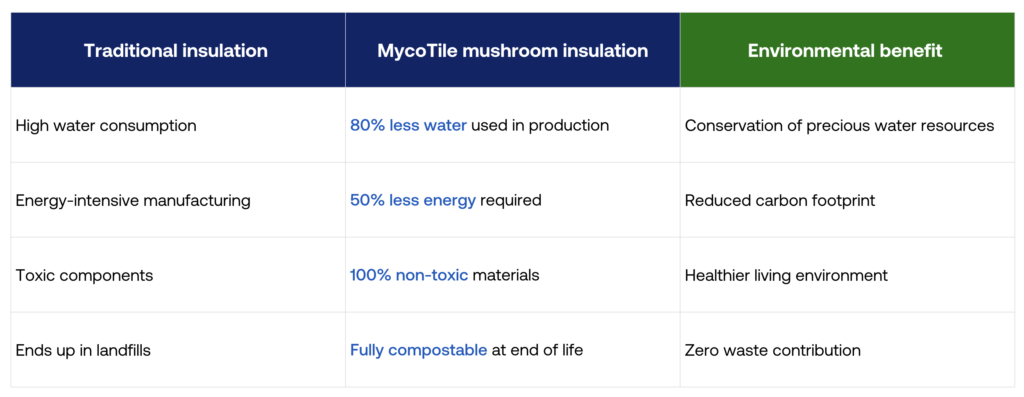
Mycelium: nature's solution for sustainable building insulation
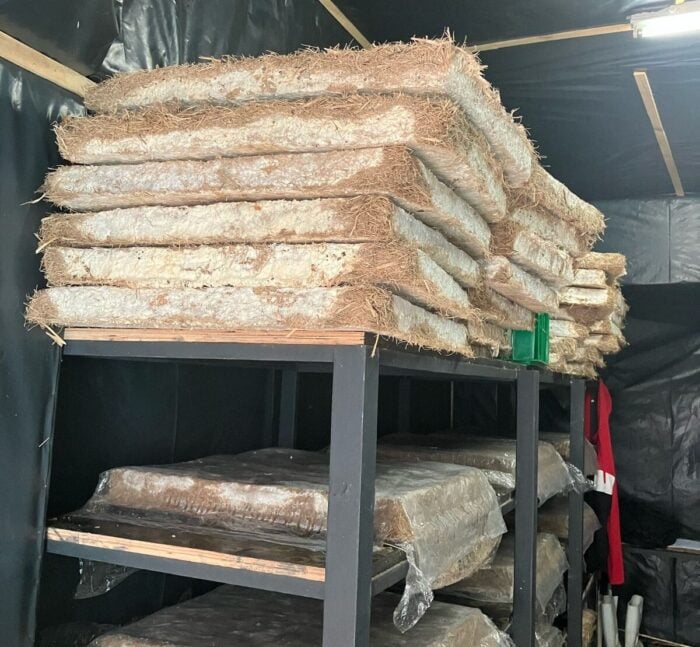
Insulation panels made from mushroom mycelium
(Image credit: MycoTile)
Mycelium—the vegetative part of fungus—creates a microscopic network that traps air and water vapor, making it a superior natural insulator. By growing mycelium on agricultural waste like straw and sugarcane bagasse, MycoTile creates structural panels that regulate temperature inside the building and reduce heating and cooling demands.
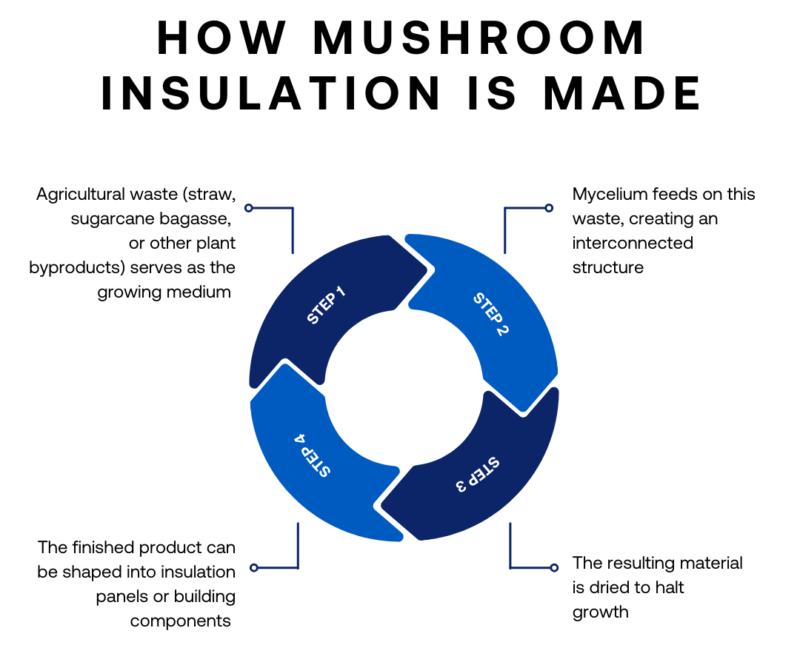
Beyond the advantages discussed above, mycelium also offers versatility in construction applications:
- Insulation panels: Provides excellent thermal and acoustic insulation
- Building blocks: Can be formed into lightweight, insulating bricks
- Humidity regulation: Naturally manages moisture levels
- Fire resistance: Offers natural flame-retardant properties
As investors and developers increasingly seek solutions that align with both environmental and performance goals, mycelium is demonstrating real-world viability. Countries like India, China, Spain, France, and the United States are expanding broadly in the mushroom material market. As reported by Future Market Insights (FMI), the mushroom material industry is estimated to be valued at more than US$8.9 billion by 2034. This is indicative of the increasing demand for this eco-friendly and sustainable alternative.

Mtamu Kililo, CEO of MycoTile
Mosaic Co-Living Residences - affordable & sustainable housing
In response to the housing challenge in Kenya, CrossBoundary Real Estate developed Mosaic Co-Living Residences, a modern 70-person residential complex in Parklands, Nairobi. Beyond addressing the housing shortage, Mosaic is also adopting nature-inspired solutions for sustainability.
The Mosaic project highlights:
- Premium co-living space designed specifically for students and young professionals
- Located in a prime area with convenient access to the central business district and higher-learning institutions
- Incorporates sustainable building practices, such as eco-friendly insulation and retrofitting, in place of setting up new infrastructure
- Community-focused design that fosters professional growth and collaboration
Learn more about CrossBoundary Real Estate.
